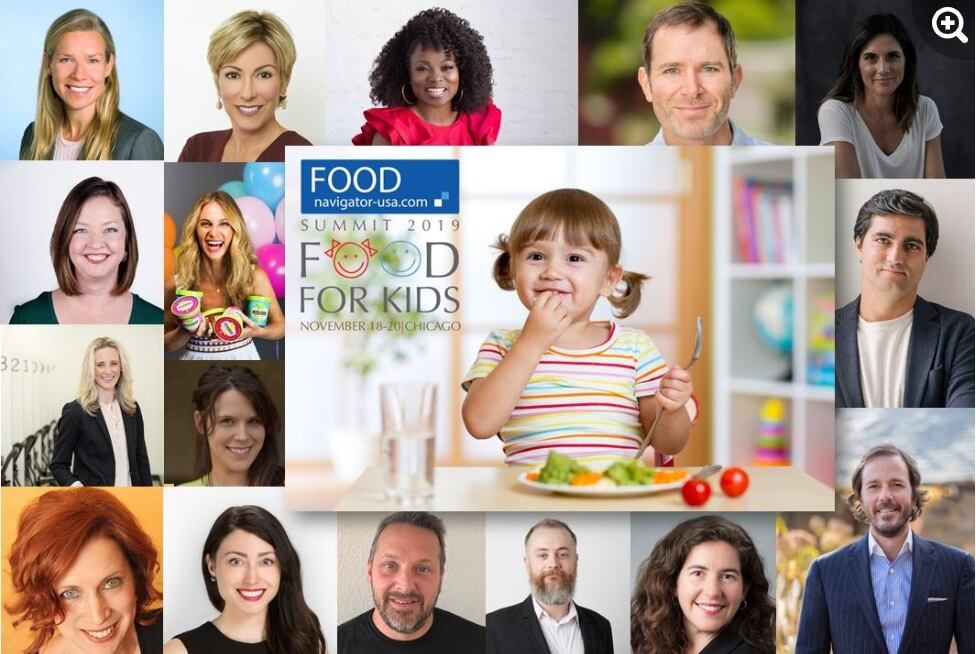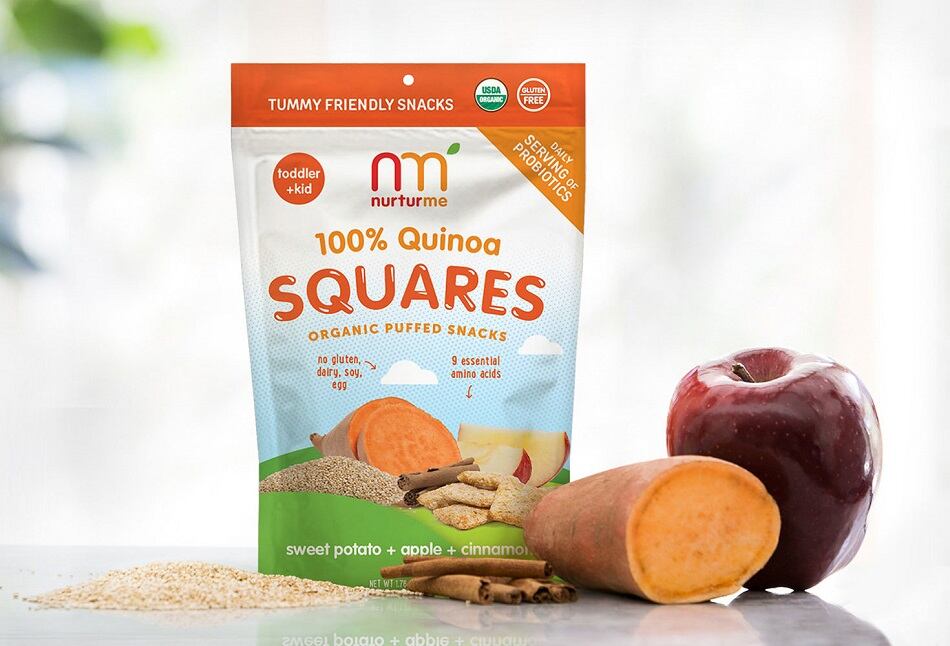“Globally, only 41% of the 141 million babies born annually are exclusively breastfed until six months,” and while there are cases where it is not feasible or a child needs supplemental nutrition, every country falls short of the World Health Organization’s objectives to support breastfeeding mothers, according to an editorial published Oct. 2 in The BMJ.
As a result, the authors argue, not only are children not receiving optimal care, but “the production of unnecessary infant and toddler formulas exacerbates environmental damage and should be a matter of increasing global concern.”
Specifically, the authors – Naomi Joffe, a technician and environmental lead, Flic Webster, a milk donor, and Natalie Shenker, a researcher – point to increased water use, more waste and higher greenhouse gas emissions.
Noting that most formula is based on powdered cows’ milk, and that the average water footprint of whole cows’ milk is about 940 L/kg and one kilogram of milk produces about 200 g of powdered milk, the authors estimate that the water footprint of milk powder is roughly 4,700 L/kg.
In addition, they point to a 2009 study that found 550 million infant formula cans made of 86,000 tons of metal and 364,000 tons of paper wind up in the landfill annually. On top of this are unknown quantities of paper, postage, packaging and transport costs used to market the products – making the segment a significant waste contributor.
In terms of greenhouse gas emissions, the editorial notes that several steps in the manufacturing and use of formula contribute to the products’ carbon footprint.
“Methane production from livestock,” such as the cattle to produce the milk in formulas, “is second onlyt to the production by the oil and gas industry,” the note, adding that because infant formula must be made with hot water to be safe, an additional 1.5 million kg of CO2 is generated from “heating kettle for families that formula feed the first year of life.”
This equates to “charging almost 200 million smartphones,” according to the editorial.
A closer look at greenhouse gas production associated with formulas shows that half come from follow-on formulas that “tap into vulnerabilities of busy and anxious parents” and which “are unnecessary according to regulators and potentially harmful,” the authors add.
Breastfeeding, on the other hand, “uses few resources and produces minimal or zero waste,” the authors note.
They argue that opting to breastfeed, rather than use formula, for six months could save an estimated 95-153 kg CO2, which in the UK alone “would equate to taking between 50,000 and 77,500 cars off the road each year.”
Given this discrepancy as well as the nutritional benefits of breastfeeding when possible, the authors call for “a multitargeted approach” to encourage breastfeeding for the health of children and the planet.
This would include “investment in medical education so doctors can support and signpost mothers if difficulties arise, improved antenatal information and care enabling parents to develop feeding plans alongside birth plans, better access to screened donor milk from a regulated milk bank when supplementation is needed, and increased numbers of certified lactation consultants.”
Emphasizing the urgency of taking these steps, the authors argue that “the next generation requires us to act quickly to reduce carbon footprints in every sphere of life,” and “breastfeeding is part of this jigsaw.”
Editor's Note: Interested in learning more healthy foods for infants and children? Join us in Chicago in November for FoodNavigator-USA's Food For Kids Summit.





